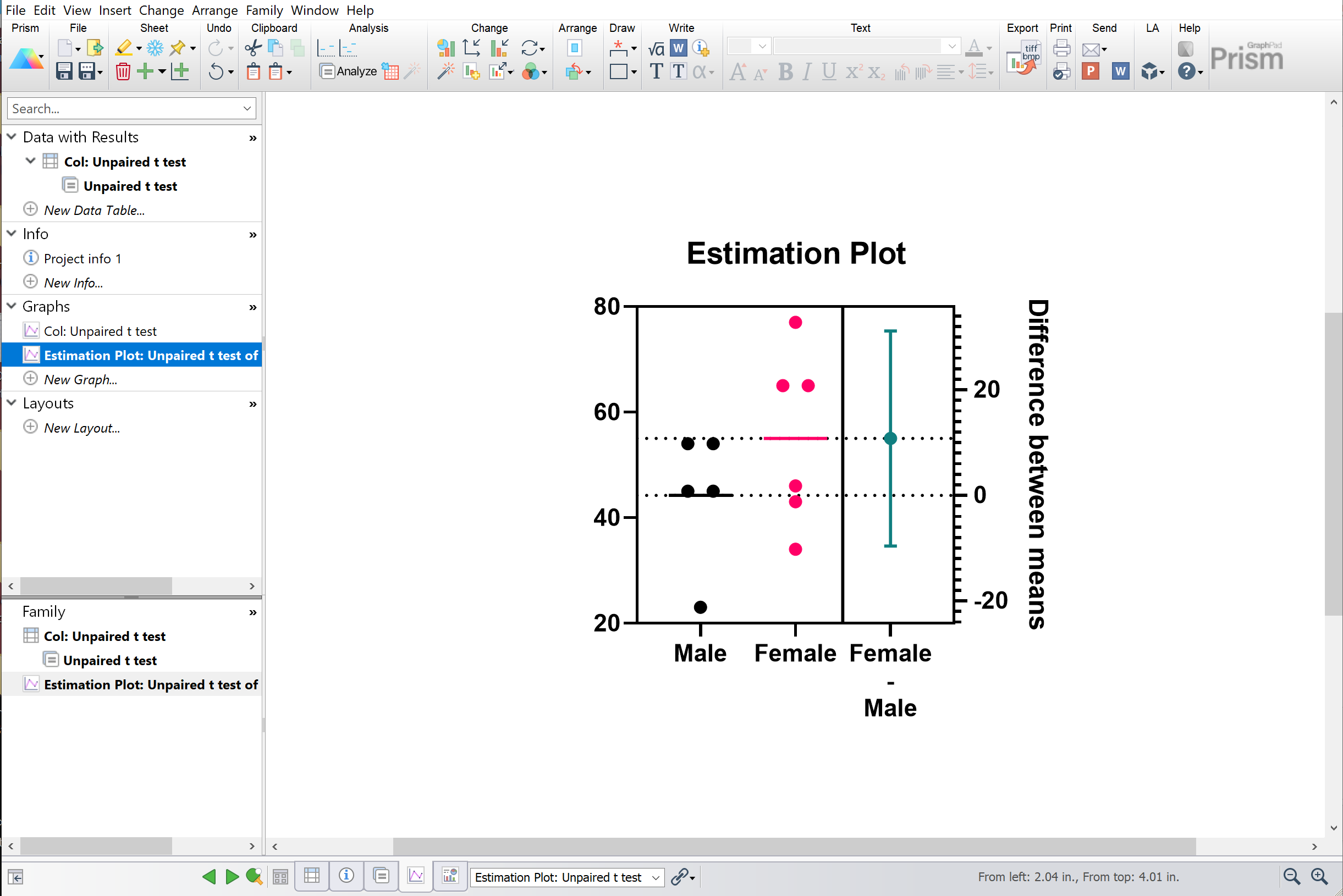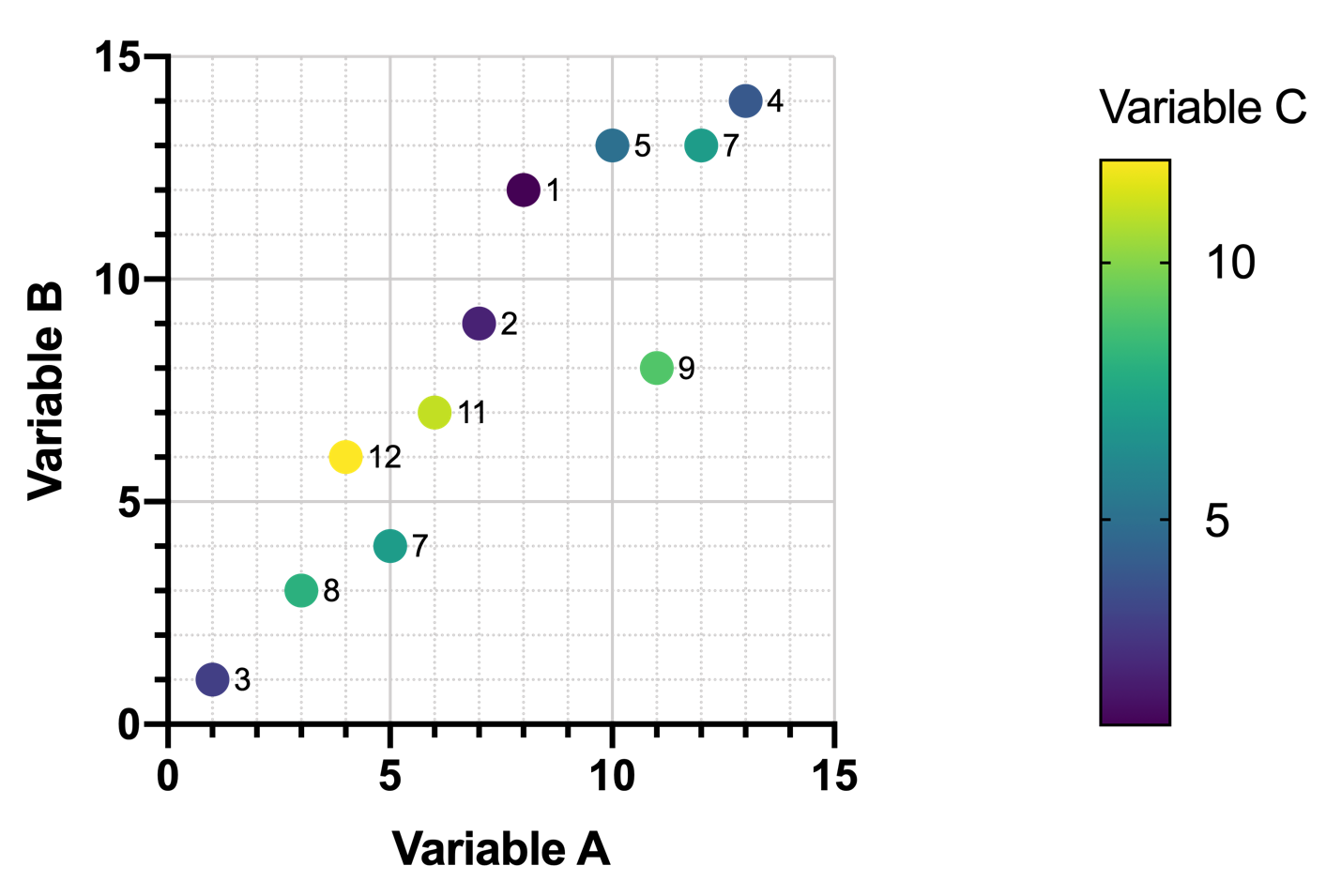

I will use a theoretical example of comparing heights between a group of males and females. Then select ‘ Enter replicate values, stacked into columns’ as the ‘ Enter/import data’ choice.Īlternatively, you can go to ‘ File > New > New Data Table & Graph …’. Upon opening GraphPad Prism, select the ‘ Column’ type for the ‘ New Table & Graph’ option. To perform an unpaired (independent) T-test in GraphPad Prism you will need to enter two groups of data into separate columns. Refer to our article on this by clicking here. Assumptionsīefore beginning it is important that your data satisfies the five assumptions of an independent t-test.


I will also show you how to interpret and report the results. In this guide, I will explain how to perform an unpaired (independent) T-test in GraphPad Prism.


 0 kommentar(er)
0 kommentar(er)
